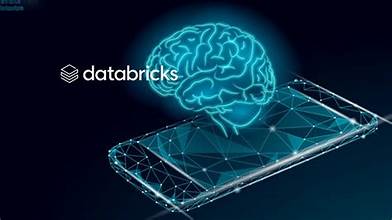Duration
21 hours (usually 3 days including breaks)
Requirements
- An understanding of machine learning and data mining concepts
- Advanced programming experience (Python, Java, Scala)
- Proficiency in data and ETL processes
Overview
Big data analytics involves the process of examining large amounts of varied data sets in order to uncover correlations, hidden patterns, and other useful insights.
The health industry has massive amounts of complex heterogeneous medical and clinical data. Applying big data analytics on health data presents huge potential in deriving insights for improving delivery of healthcare. However, the enormity of these datasets poses great challenges in analyses and practical applications to a clinical environment.
In this instructor-led, live training (remote), participants will learn how to perform big data analytics in health as they step through a series of hands-on live-lab exercises.
By the end of this training, participants will be able to:
- Install and configure big data analytics tools such as Hadoop MapReduce and Spark
- Understand the characteristics of medical data
- Apply big data techniques to deal with medical data
- Study big data systems and algorithms in the context of health applications
Audience
- Developers
- Data Scientists
Format of the Course
- Part lecture, part discussion, exercises and heavy hands-on practice.
Note
- To request a customized training for this course, please contact us to arrange.
Course Outline
Introduction to Big Data Analytics in Health
Overview of Big Data Analytics Technologies
- Apache Hadoop MapReduce
- Apache Spark
Installing and Configuring Apache Hadoop MapReduce
Installing and Configuring Apache Spark
Using Predictive Modeling for Health Data
Using Apache Hadoop MapReduce for Health Data
Performing Phenotyping & Clustering on Health Data
- Classification Evaluation Metrics
- Classification Ensemble Methods
Using Apache Spark for Health Data
Working with Medical Ontology
Using Graph Analysis on Health Data
Dimensionality Reduction on Health Data
Working with Patient Similarity Metrics
Troubleshooting
Summary and Conclusion


